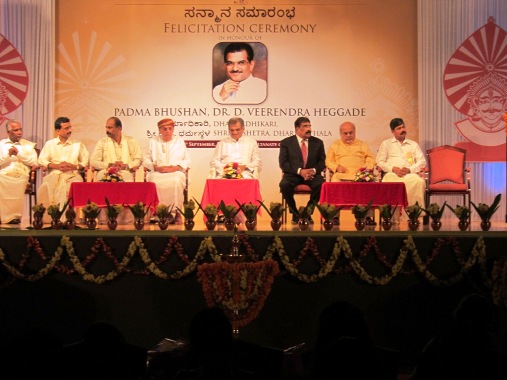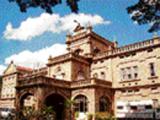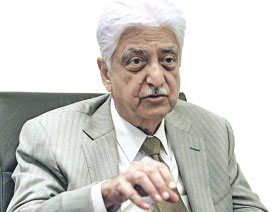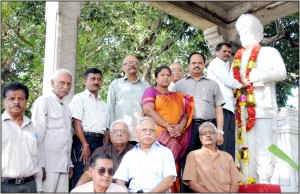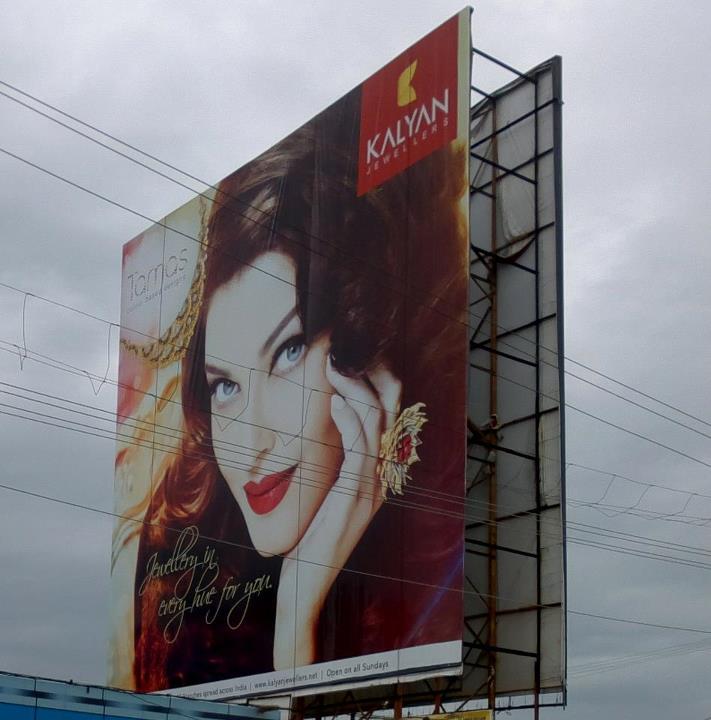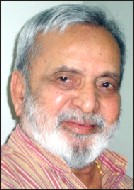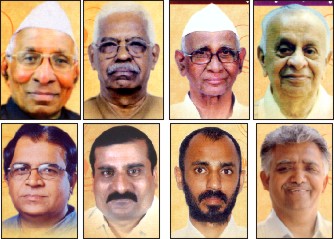To Sir(s) with Love: My student days in Maharaja’s College
By K. Vijay Kumar, Former Jt. Director of Information & Publicity
Caption: The Maharaja’s College in 1915
I had mentioned at the end of my last feature on Yuvaraja’s College (SOM dated 3rd September) that next I would like to take back my memory to Maharaja’s College.
But while doing so, my pen is not moving, my fingers are not able to hold it firmly to write on studying in this great college, the reason being the fear and respect one had towards it. Yes, it was, indeed, a great learning centre in all respects.
Dr. S. Radhakrishnan in the faculty
The very names who taught there starting from Dr. S. Radhakrishnan and many alumni who became distinguished personalities in many fields would prove it. It would become a big list of names if you start counting them. It is also interesting to know from the website of the college that its foundation stone was laid on 27th November, 1889 by the visiting Prince of England, Albert.
It was in 1956, precisely 56 years ago, that I moved into this college from Yuvaraja’s College and came out as a Graduate in 1958. This period, I consider as Golden Days of my student career. On the very first day, it was my pleasure to climb the steps of the college at the entrance. I remember how some of us, while studying in Yuvaraja’s College, eagerly looking at this neighbouring college, thinking when we would become students there.
With an anxious mind we used to go around the college during our leisure, looking at the classrooms from outside — never venturing to go inside the building. I had seen then just only one student in MA class, perhaps in Urdu and Sanskrit subjects.
Kuvempu as Principal
It was Kuvempu who was the Principal when I joined the college. With a dignified look in his usual white close collar coat and pyjama, he would enter the college and climb straight to his chamber upstairs, as students who would gather there watch him with reverence. But in a very short period he was elevated as the Vice-Chancellor of Mysore University.
Prof. CDN, the successor
I cannot forget the friendly and charming personality of that well-known English Professor C.D. Narasimhaiah who succee-ded Kuvempu as Principal. His very presence in the college and going around meeting students, would electrify our minds as I have experienced during my two years student- ship there.
He introduced a couple of new programmes in the interest of students. One was a ‘Teacher-Guide to a group of students’ who would meet together informally over a cup of coffee.
The teacher as a guide would engage his group of students, creating interest in their studies, knowing their background, besides more importantly enquiring about their welfare. This became so popular that each group would wait for that monthly meet with eagerness. I remember our guide was one Prof. Cheluvaraju in Public Administration who with his very useful chat with us, gave guidance to shape our future.
Another was Freshmen Day. When a new batch was admitted to the college, the whole students would gather in the college quadrangle for a get-together when the Principal would welcome them with a speech.
Mitra-Mela, the popular Jr. B.A. Hall
Prof. CDN was also known to give importance to encouraging extra-curricular activities among students. As part of it, the college’s spacious Jr. BA Hall became the centre of activities like debates, staging dramas and other cultural programmes. Thus, a cultural troupe was born with the name ‘Mitra-Mela’ and their very interesting programmes became so popular as to attract an over-crowded student gathering. I recollect even today how much a Muslim student was talented in both singing and acting. The debate wherein my senior co-students V.K. Nataraj (who became University Registrar) and S.R. Vijay (who became an IAS Officer) with their fierce oratory arguing for and against on the subject is still in my memory.
All students of my days will surely remember Principal CDN for his interest in students’ all-round development.
Union Building – Mysore Heritage
The Students’ Union, before our time, was a very popular and strong one with its constructive activities and the college had recognised it with due importance. It was functioning from the adjacent premises known as Union Building. But there were no such activities when I was studying. In fact, the journalism classes were held there in the upstairs.
It is very significant that this building is declared as a Heritage one with due name board installed calling it “Union Building-Mysore Heritage.” I felt happy to see it recently when I took a walk around the college.
It will be interesting if old timers of the college write about the activities of the Union in those days.
[It is sad to see that a room inside this legendary college’s Heritage structure was being altered disfiguring the original door, sawing rudely, which has been stopped in the middle by the University after lecturers of the college opposed vehemently for this alteration (see pic.)]
Collecting news for Monthly
Being a student of journalism (though as an optional subject), I was interested in collecting the college news to publish in our department’s monthly experimental paper, which students eagerly waited to read.
A humourous incident
I had taken Hindi as second language and our Hindi lecturer was one Sachchidananda Murthy. He used to come on bicycle and when I met him once riding on his bicycle, I loudly greeted him with folded hands saying ‘Namaste Masterji.’ He did not even look at me balancing his riding (as he was a little aged and was wearing a ‘Kachhe Panche’).
In his next class, looking at me, he began to give almost a sermon explaining pros and cons of greeting him while cycling — like falling down from bicycle to return my greeting rising his one hand from the handle, injury, hospitalisation, damage to the bicycle, not able to take the class, etc., etc… — with a stern warning that none of us should greet him when he was on his bicycle, though the whole class with amusement controlled laughter as the teacher was serious in his sermon.
These are a few recollections of mine of that great college which I would like to end with gratitude.
To Sir(s) with Love
To all those who taught us.
e-mail: kumarkv59@gmail.com
source: http://www.StarofMysore.com / Feature Articles / October 02nd, 2012


